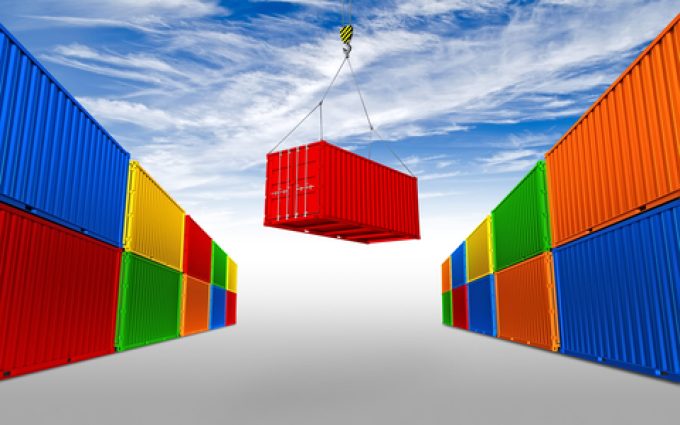Triton acquires Global Container International for over $1bn
PRESS RELEASE Triton International Announces Agreement to Acquire Global Container International March 10, 2025 06:45 AM Eastern ...

The return to ’supply chain normalisation’ has led to the container liner industry being hobbled by an estimated surplus of 5m teu of boxes, piled high on storage quays and in depots around the world.
Weak consumer demand and consequent easing of supply chain congestion has ...
Keep our news independent, by supporting The Loadstar
Four crew members still missing as Wan Hai 503 continues to burn
Explosions and 'out-of-control' fire reported on Wan Hai box ship
Carrier price hikes hold, driving spot rates higher as space gets scarcer
Predatory rivals circle as the ripples from DSV's Schenker buy widen
MSC Elsa crew face criminal probe, as Wan Hai 503 firefighters battle on
'It's driving us mad', say forwarders as US court fails to end tariff turmoil
Transpacific rates ease as capacity boost proves too much for trades to digest


Comment on this article